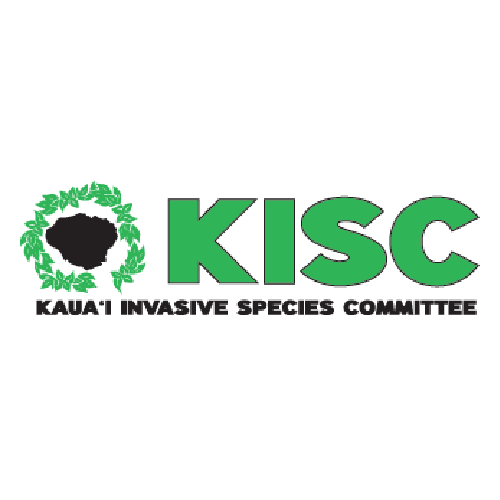Family: Elaeagnaceae
High Risk Traits:
- Elevation range exceeds 1000 m, demonstrating environmental versatility
- Thrives in temperate climates (may only pose a threat to higher elevations in tropical island ecosystems)
- Widely naturalized in North America
- An agricultural and environmental weed
- Other Elaeagnus species have become invasive
- Often armed with coarse thorns
- Becomes less palatable with increasing age
- Pollen may be allergenic to susceptible individuals
- Shade-tolerant
- Tolerates many soil types
- Forms dense thickets
- N-fixing (may alter soil chemistry)
- Produces viable seeds
- Seeds dispersed by birds, mammals and water
- Seeds may remain viable in the soil for 3 years
- Able to coppice and resprout after cutting or damage
Low Risk Traits:
- Palatable foliage when young
- Ornamental and medicinal purposes
- Self-incompatible
- Not reported to spread vegetatively (although able to sucker if damaged)
- Herbicides may provide effective control




